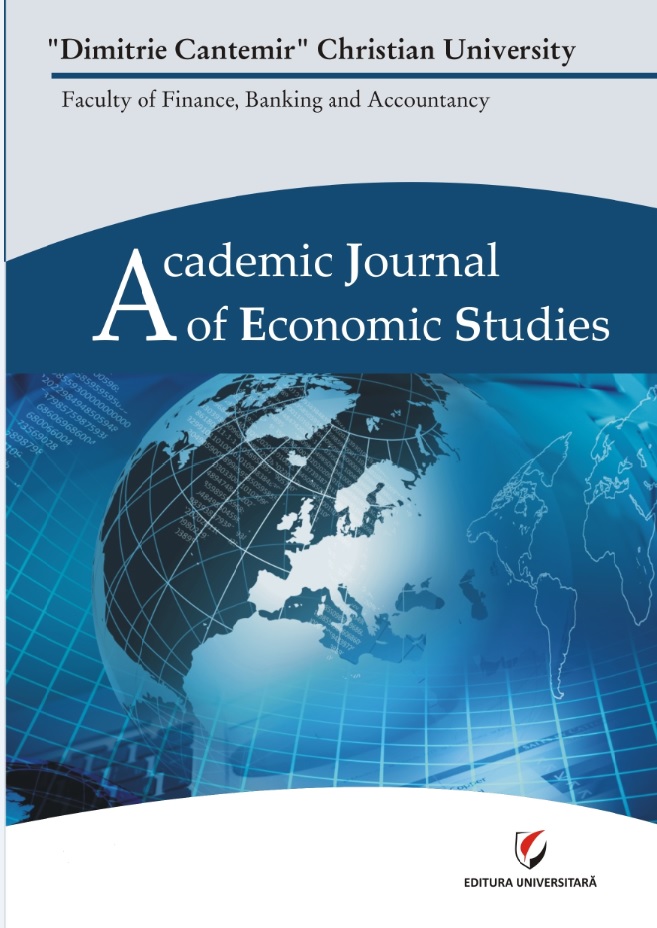The Asymmetric Effect in the Volatility of the South African Rand
The Asymmetric Effect in the Volatility of the South African Rand
Author(s): Idoko Ahmed Itodo, Ojonugwa Usman, Michael Maju AbuSubject(s): Business Economy / Management, Micro-Economics, Socio-Economic Research
Published by: Editura Universitară & ADI Publication
Keywords: South African Rand; exchange rate; volatility; asymmetric effect; EGARCH-M (1,1)
Summary/Abstract: This study investigates the behaviour of the volatility in the South African Rand/USD exchange rate and its impact on the value of the Rand between 2001 and 2017. The key objectives were to assess the impact of its volatility on its market value, and determine the presence of asymmetric effect in the times path of the volatility, resulting from shocks to its market value. From the estimates of our EGARCH-M (1,1) model, we found the value of the Rand to respond negatively to volatility it is time path, suggesting that the Rand appreciates more in value under conditions of less tranquillity. In addition, we found evidence of asymmetric effect, of shocks to the conditional mean, in the conditional variance of the Rand. The asymmetric effect is such that negative shocks to the conditional mean, which causes the Rand to appreciate, have more impact on next point volatility in the Rand than positive shocks of the same magnitude, which causes depreciation in its value.
Journal: Academic Journal of Economic Studies
- Issue Year: 3/2017
- Issue No: 3
- Page Range: 47-53
- Page Count: 7
- Language: English

